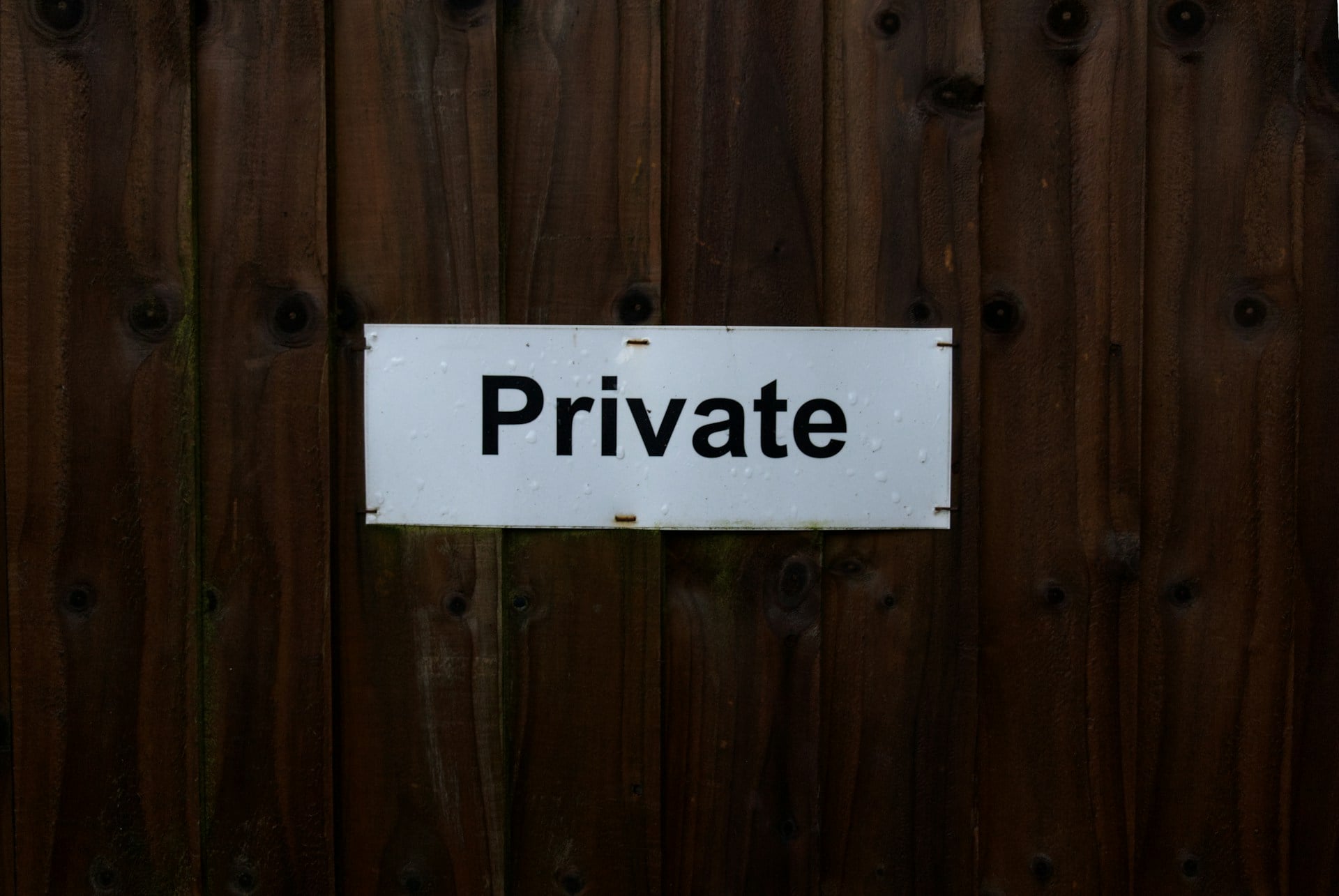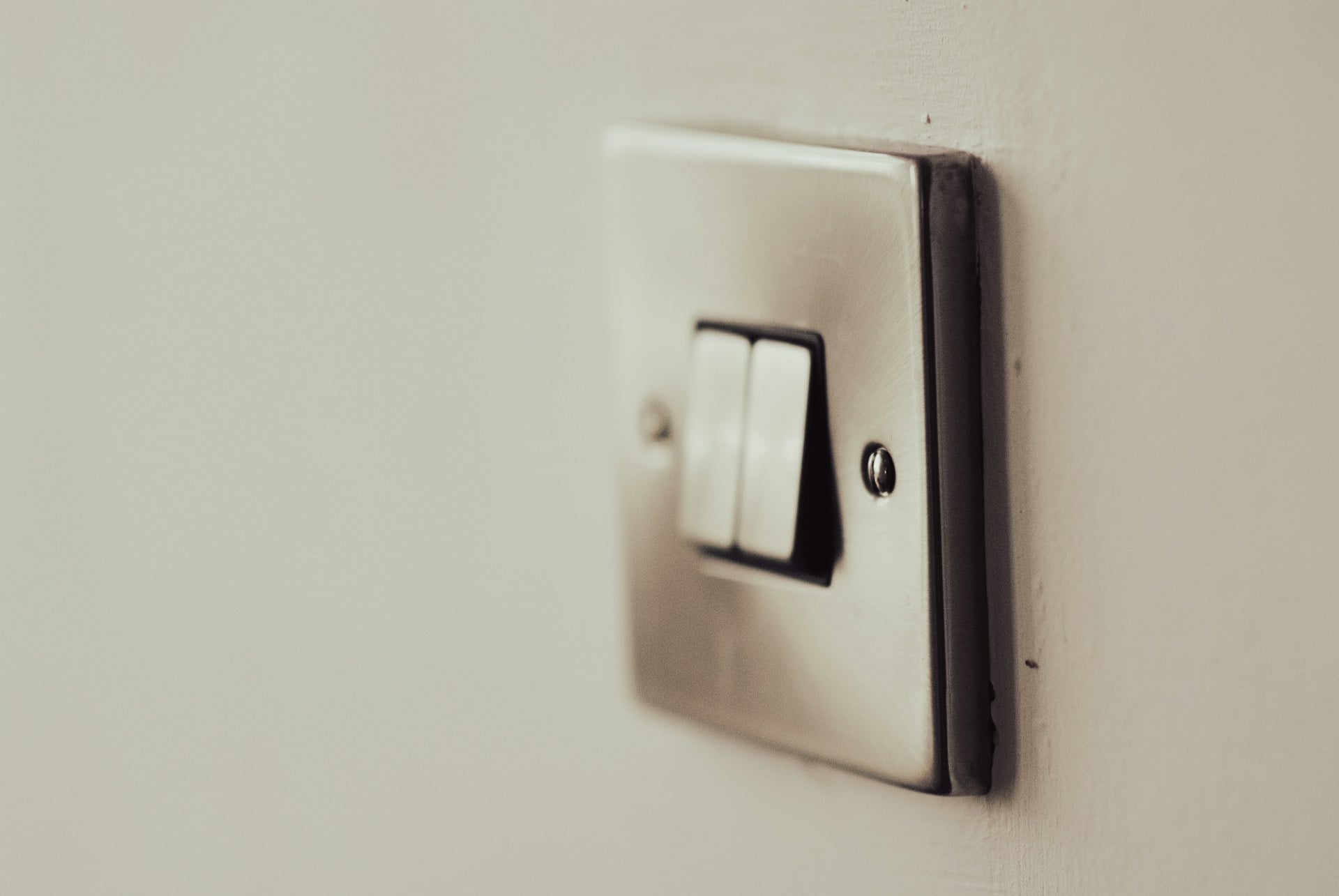
VPNs, or virtual private networks, improve your online security and privacy. These excellent tools encrypt your web traffic and hide your IP addresses. However, the use of a VPN goes beyond that. Many users use a VPN to access services by changing their location virtually. Your device’s assigned IP address reveals your general geographic location, including your country, state, and even city.
A VPN masks your real IP address, making it look like you are accessing the internet from another place. Here are the benefits of doing so.
- It hides your real IP address. With increased privacy, a VPN prevents trackers and websites from monitoring your online behaviour.
- It prevents malicious websites and hackers from tracking your information.
- With a secure connection, your browsing experience improves, especially when travelling.
- It bypasses geolocation blocks, allowing you to access content restricted in your region. This includes region-specific streaming libraries, like watching a show on Netflix that only users in another country can access.
This post will help you learn how to effectively change your physical location using a VPN.
Changing a VPN location on a device

To get started, you will need a mobile device, a laptop, or a desktop. There should be a Wi-Fi or wired connection, and your desired VPN software. The overall process of changing a VPN location should take about ten minutes. Follow the steps below.
-
Choose a VPN service
Before changing your real location using a VPN, you need to choose a reliable provider first. Go through the available options and choose the VPN service that aligns with your requirements. If needed, you can test some of the services to narrow down your choices. Still, some VPNs have stood the test of time and have been popular for some time. Here are the recommendations that are worth trying.
- Surfshark – This popular VPN has all the essential features that you need for streaming, casual browsing, and more. Besides, it is a budget-friendly option as well.
- NordVPN – Known for its wide server network and outstanding customer support, NordVPN is another option. It is fast and comes with an attractive interface for both mobile devices and Mac-powered computers.
- ExpressVPN – It is another fast VPN service you can consider trying. ExpressVPN delivers the best connection stability and speed. However, it is a bit expensive.
Many people use a VPN to change their online location when travelling or for streaming purposes. Sometimes, users just want a quick and reliable way to hide their IP address to maintain their privacy. When it comes to choosing a VPN, make sure that the service has an extensive network of servers. The VPN should have servers in at least 70 countries, or more. The service should provide reasonable speeds. Moreover, the VPN should be compatible with the device you want to use. Compatibility issues are rare on today’s VPNs because they support iOS, Android, MacOS, and Windows.
-
Download and launch the VPN application
After choosing your desired VPN, visit their official website. Or, visit the App Store or Play Store in case you are using the VPN on your mobile device. Download and install the software package. Open the app and follow the process for signing up.
Keep in mind that your VPN will route your internet traffic. So, you may need to grant it certain permissions to function properly. Once the VPN is installed, sign in using the credentials you created during setup. Check for any available software updates.
-
Choose server location
Now, you have to find the list of available countries and servers within your VPN. For that, you need to navigate to the app settings, which would be different based on the VPN. However, most VPN services include a tab or link. Or, you can find it on the main interface of the app.
For example, NordVPN displays a list of servers on the dashboard’s left side. You can see the servers used recently. Additionally, you will find presets for browsing, speed, downloading, and a selection of servers organised by country.
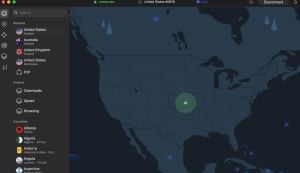
The dashboard of ExpressVPN includes presets and server locations used recently. To get the complete list of servers and countries available, tap the three dots on the ‘Selected Location’ option.
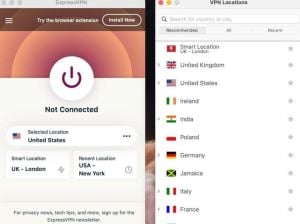
If you are using Surfshark, you can find the list of servers and countries on the left side. If you are looking for a specific location, the search bar comes in handy. Although it displays recommended servers, you can choose one depending on nearby countries and speed.
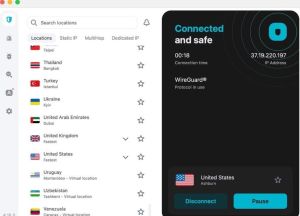
After choosing your desired location, click on the ‘Connect’ button. Apart from that, you can choose the ‘smart’ location feature your VPN provides. It will choose a server for you based on latency, speed, and server load.
Smart ways to change your location using a VPN
- Choose a server close to your physical location. It will give you better speed.
- Make sure that your VPN supports torrenting and streaming. Certain VPN services come with dedicated servers intended for these tasks. But others might restrict such activities.
- Understand what a virtual server location is. When a VPN says it is connecting you to a server in a certain country (for example, the US), the actual physical server might not be in the US. Rather, it could be in another country. The VPN configures the server to appear as if it is in the US.
- If you experience errors or blocks, switch servers. Your current server’s IP might be blacklisted by the site you are trying to access.
How to test VPNs
Consider these factors before choosing a VPN.
-
Performance
A VPN should meet a minimum standard of performance. If the connection lags or drops frequently, there is no use for a VPN. Speed tests help you find out the actual performance of a VPN.
-
Multiple connections
Many VPN services have limitations on the number of devices using the network. It is wise to choose a provider that can provide service to at least six devices at the same time.
-
Security
A VPN should have strong encryption levels and security protocols. A good VPN service will make security improvements and patch bugs over time.
-
Geo-restrictions and streaming
You may want to access services and content while you are in a different country. Ensure that the VPN is likely to perform well without slowing down your connection, even if you are away from your home.
-
Kill switch
To safeguard users from an unprotected connection, VPNs use a feature called a kill switch. It does not allow your connection to return to the default network if your VPN connection stops suddenly.
-
Servers and countries
A good VPN should have servers in at least 50 countries, including both physical and virtual. This ensures wide coverage and variety.
-
Platforms
The VPN should function effortlessly on any system and device without compatibility issues.
-
Pricing
A reliable VPN should come with a specific free-trial period and a money-back guarantee.
-
Customer support
An active support team is necessary to address issues relating to service, cancellation, renewal, or installation.
How to check if the VPN has connected you to your desired location
A reliable VPN handles your traffic while hiding your real IP address and location. Also, it will not leak your information.
Still, wondering if your VPN is working as promised. You want to verify whether the VPN is routing your traffic through a specific country or from a different region. Visit whatismyipaddress.com to find your location and IP address. Compare the same when connected to a VPN and when disconnected. If you see different results, your VPN is working properly.
Is a VPN necessary when using Wi-Fi or when travelling?
If you are using the internet via a public Wi-Fi hotspot or when travelling, investing in a VPN is worth it. The risk of data exposure or eavesdropping increases when using a public Wi-Fi network. A VPN encrypts your connection and provides additional security for a safe online experience.
Can a free VPN change your location?
Even a free VPN service can help you change your location. But it is unwise to use a free VPN because they might not have transparent privacy policies. They offer you free service only to use your privacy and data as a tradeoff. However, many reliable VPN providers offer limited free services in addition to their premium plans.
Is using a VPN legal?
It is legal to use a VPN in most countries. It includes the UK, the US, and a majority of European countries. But several countries have made VPN illegal to use. Some countries discourage using a VPN and have restricted it to state-approved software.
Some of the countries that have banned VPN usage include Belarus, Iraq, and North Korea. Moreover, some countries discourage the use of VPN. They try to discourage new users by portraying VPNs as tools primarily used by criminals to carry on with their shady activities. These countries include Egypt, Russia, and China.
What does it mean when a VPN uses virtual server locations?
Virtual server locations that a VPN uses are server locations that mimic being in a specific country, such as India, China, or Egypt. In reality, the servers are physically located elsewhere. Servers that imitate locations help bypass restrictive data regulations or country policies. Virtual server locations can impact the security and privacy of users.

